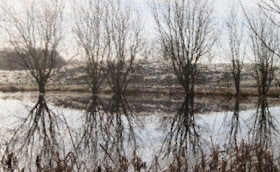 |
| National Honey Show - Honey 2015 |
 |
| National Honey Show - Beeswax 2015 |
 |
| National Honey Show - Honey 2015 |
 |
| National Honey Show - Beeswax 2015 |
 |
| Wasp Spider ( Argiope bruennichi ) Photo M Malcher |
 |
| Hidden Well - Photo M.Malcher |
 |
| A pond in winter |
 |
| Yew Berry by Didier Descouens CC BY-SA 3.0 |